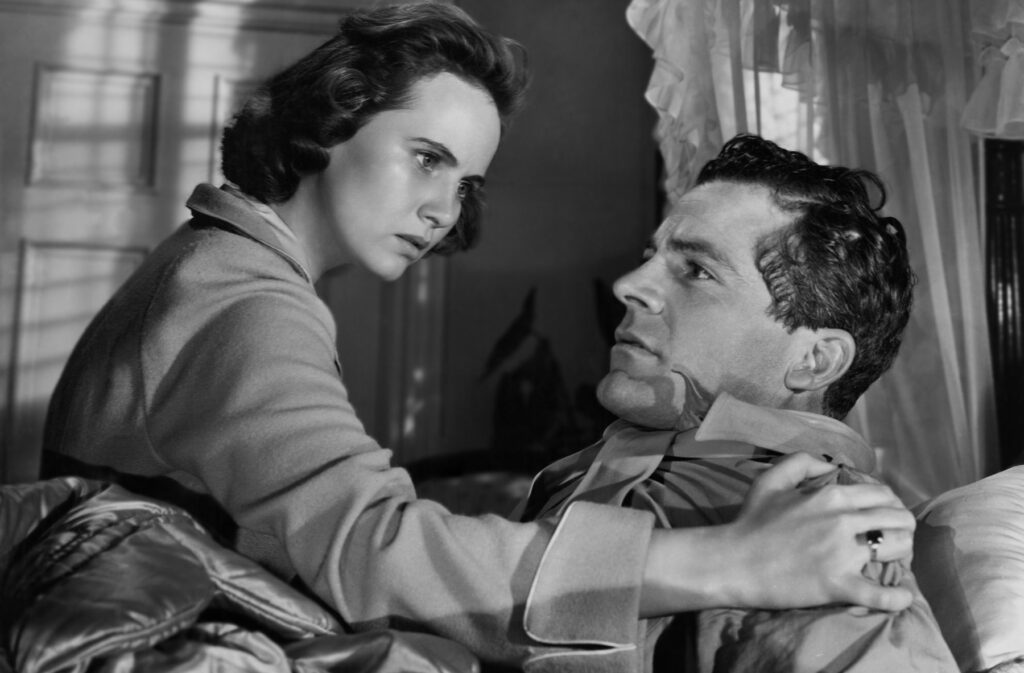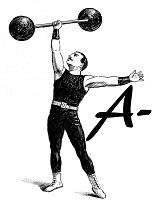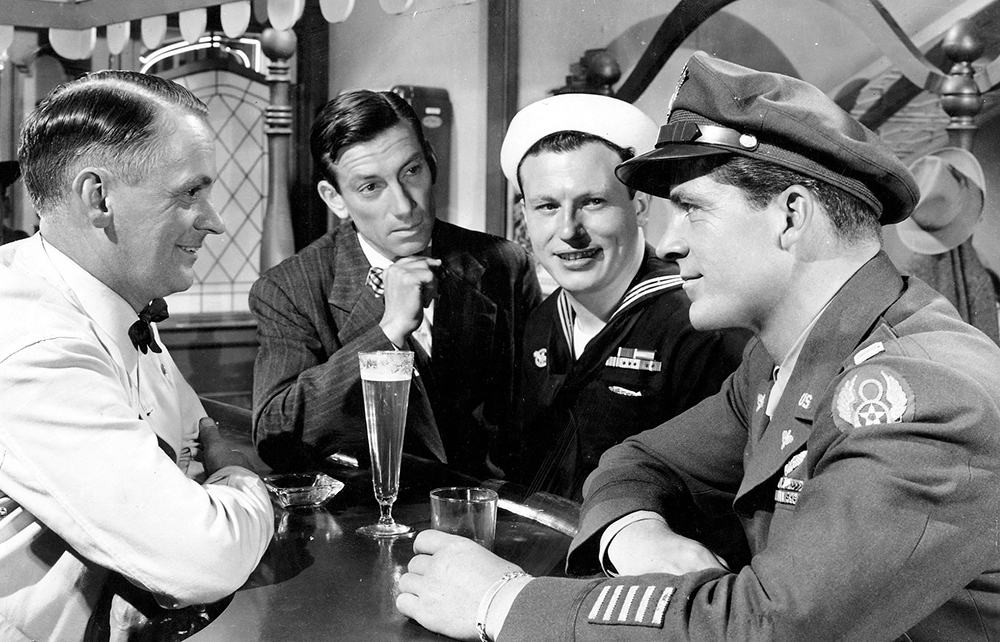In 1946 when this film was released, Wyler had not yet synergized his old-school filmmaking experience and new realistic impulse. These two forces lie in strata in “The Best Years of Our Lives,” a movie about the homecoming of three WWII veterans. For example, the movie has a series of scenes where Al (Fredrick March) is so insecure and uncertain at returning to his formerly happy home that he drags his wife and daughter on an alcoholic toot.
The scenes are filmed with pre-war overstatement comprised of complex blocking and framing and broad comic acting. In contrast, the scenes, particularly the bedroom scene, featuring Homer (played by real life disabled vet Harold Russell), are closer to post-war cinema vérité. Homer’s difficulty adjusting to the his post-war life without hands is honored with a layered, almost naturalistic style of the filmmaking. “The Best Years of Our Lives” washes back and forth between these forces. Both styles are capably executed and good in their own way.

The three leads Frederick March, Dana Andrews, and Harold Russell (in an Oscar-winning performance) infuse their performances with heart and not a little craft. This is to be expected from March and Andrews who are seasoned professionals. Russell is the big surprise. This is his first and only acting job, though he had appeared in a prior documentary film. Wyler insisted, in another display of progressiveness, that the part of a disabled veteran be played by a real disabled vet. And he also fought for the inclusion of scenes showing the reality of Homer’s injury, with its limitations and, most notably, with the ways Homer functions successfully. Wyler shows something that no one had seen onscreen before—a man with hooks instead of hands lighting a match, playing the piano, laughing, kissing his fiancée…being part of life.
In contrast, the film remains mired in the sexist trope of devoted women gazing at their men with concern and adoration, then consoling, cajoling, and, again, adoring them. Except for the “bad” woman who is not adoring and wants to live her own life, which is viewed by Hollywood as intrinsically selfish; none of these women underwent any trials or personal growth, except as it related to their men.
I love a good love story. The relationship between Frederick March and Myrna Loy is the most satisfyingly real and solid. But Loy, despite her intelligence (or because of it), is shoved into the role of subservient wifey, pouring the coffee while adoring and cajoling. All the female leads (Loy, Teresa Wright, the bad girl Virginia Mayo, and Cathleen O’Donnell) make the best of thin pickings and provide a solid support for the male performances.
Nonetheless, it’s a classic.
For more post-war realism, see “Coming Home,” (1978).


